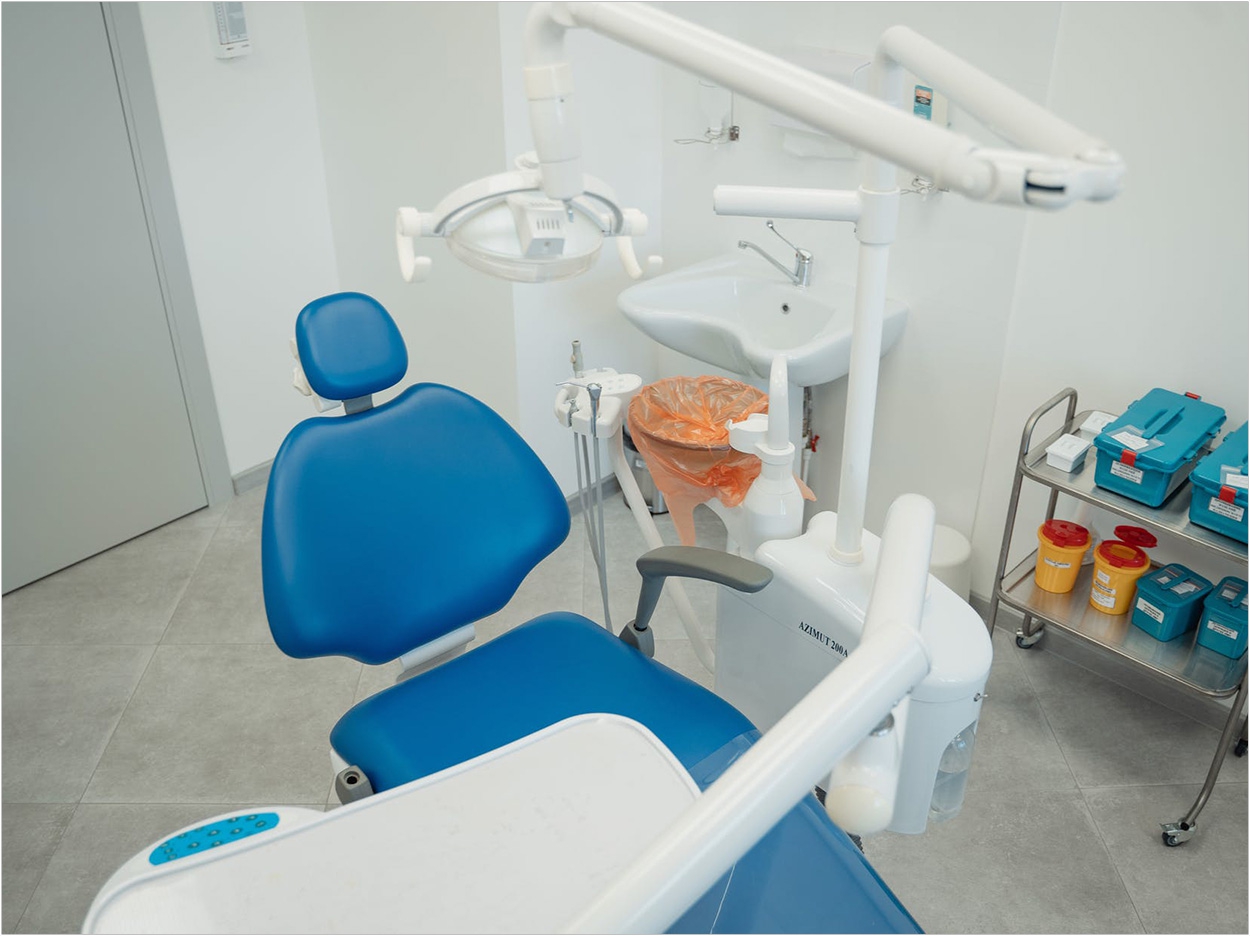
The US Department of Labor Occupational Safety and Health Administration (OSHA) has issued an emergency temporary standard to protect healthcare workers including dental professionals from contracting COVID-19.
The standard focuses on healthcare workers who are most likely to have contact with someone infected with the virus, OSHA said, adding that it aligns with guidance from the Centers for Disease Control and Prevention (CDC).
“Too many of our frontline healthcare workers continue to be at high risk of contracting the coronavirus. As I said when I came to the department, we must follow the science,” said US Secretary of Labor Marty Walsh.
“This standard follows the science and will provide increased protections for those whose health is at heightened risk from coronavirus while they provide us with critical healthcare services,” said Walsh.
“Given the pace of vaccinations, this standard, along with the guidance OSHA, the CDC, and other agencies have released, will help us protect frontline healthcare workers and end this pandemic once and for all,” Walsh said.
The standard establishes new requirements for settings where employees provide healthcare or healthcare support services, with some exemptions for healthcare providers who screen out patients who may have COVID-19. OSHA said it will update the standard if necessary to align with CDC guidelines and changes in the pandemic.
The requirements in the standard include:
- COVID-19 plans: Employers must conduct a hazard assessment of their workplace, and those with more than 10 employees must develop and implement a written plan for how they will mitigate COVID-19 in accordance with the standard. Employers must seek input and involvement from workers and worker representatives in both the hazard assessment and plan development.
- Patient screening and management: Employers need to monitor and limit entry access when workers are providing patient care. They also need to screen patients, clients, and visitors
- Personal protective equipment (PPE): Workplaces must provide and ensure workers wear a facemask indoors or in a vehicle with other people. As necessary, workplaces must provide and ensure employees use respirators and other PPE to protect them from exposure to people with suspected or confirmed COVID-19.
- Physical distancing: Whenever possible, everyone in a workplace must maintain a distance of at least 6 feet when indoors.
- Training: All workers must be trained in a language they understand on COVID-19 policies and ways the virus could be transmitted at work.
- Vaccinations: Employers must provide workers with paid time off to get vaccinated and recover from any side effects.
- Anti-retaliation: OSHA can cite employers for retaliating against workers who voice concerns about unsafe working conditions related to COVID-19.
“This standard is necessary to give our healthcare workers deeply needed protections,” said Acting Assistant Secretary of Labor for Occupational Safety and Health Jim Frederick.
“This tailored standard allows OSHA to help the workers most in danger of contracting the virus, while the updated guidance will give other businesses across the country the information they need to help protect unvaccinated workers and continue mitigating spread in the workplace,” said Frederick.
The standard is aimed at protecting workers facing the highest coronavirus hazards, OSHA said, such as those working in healthcare settings where suspected or confirmed coronavirus patients are treated.
This includes employees in hospitals, nursing homes, and assisted living facilities; emergency responders; home healthcare workers; and employees in ambulatory care settings where suspected or confirmed coronavirus patients are treated.
The standard will require non-exempt facilities to conduct a hazard assessment and have a written plan to mitigate virus spread. It also requires employers to provide some employees with N95 respirators or other personal protective equipment.
Additionally, covered employers must ensure 6 feet of distance between workers. In situations where this is not possible, employers should erect barriers between employees where feasible.
The standard also requires covered employees to provide workers with paid time off to get vaccinated and to recover from any side effects. Covered employees who have coronavirus or who may be contagious must work remotely or otherwise be separated from other workers if possible, or be given paid time off up to $1,400 per week. For most businesses with fewer than 500 employees, tax credits in the American Rescue Plan may be reimbursed.
Furthermore, the standard exempts fully vaccinated workers from masking, distancing, and barrier requirements when in well-defined areas where there is no reasonable expectation that any person will be present with suspected or confirmed coronavirus.
The standard is effective immediately upon publication in the Federal Register. Employers must comply with most provisions within 14 days and with the remaining provisions within 30 days.
OSHA said it will use its enforcement discretion to avoid citing employers who miss a compliance deadline but are making a good faith effort to comply with the standard. OSHA added that it will continue to monitor trends in coronavirus transmission.
Related Articles
OSHA Issues Guidelines on Workplace Ventilation
Michigan OSHA Fines Practice $400 for COVID-19 Violations
ADA Tells White House There’s No Grave Danger of COVID-19 Exposure in Dental Settings












